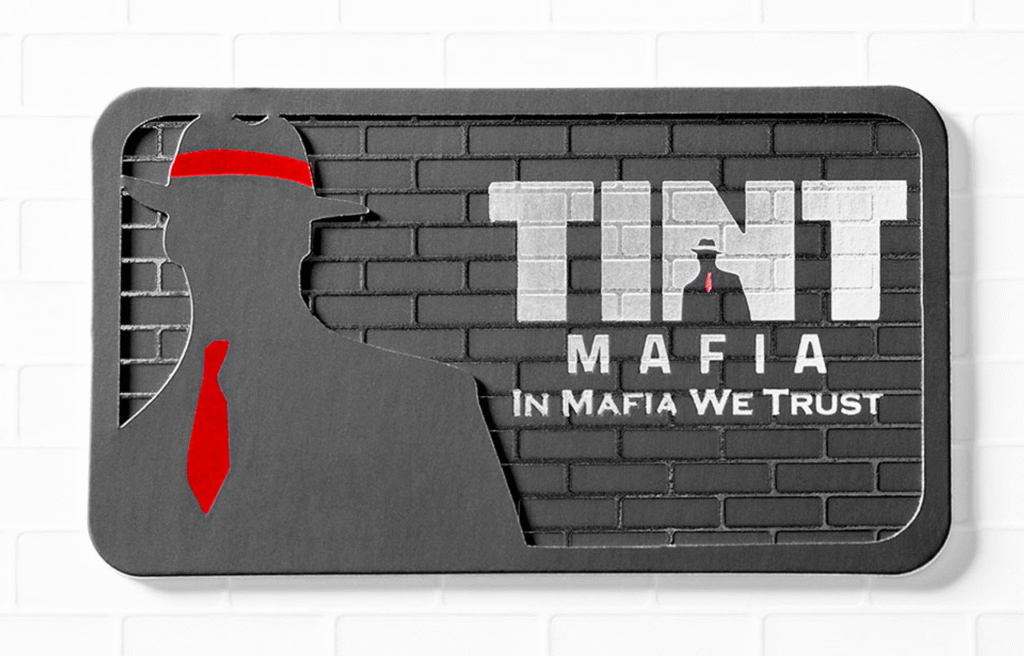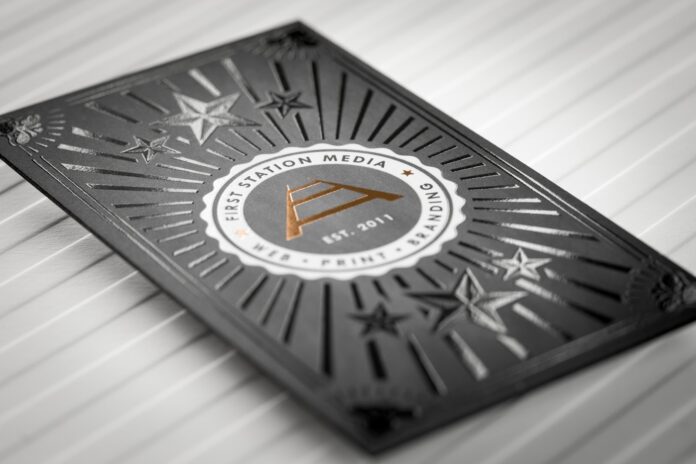Introduction: The Power of Tangible Networking Tools
The history of business cards is a fascinating journey that reflects the evolution of communication, networking tools, and social etiquette across centuries. Originating in 15th-century China, these cards—known as Meishi—were used by the aristocracy for self-promotion and building relationships within elite circles and formal settings.
Table of contents
Handcrafted Origins: The Artistry of the Meishi
Crafted by skilled artisans, these early cards were often made by hand, featuring intricate calligraphy on high-quality paper or silk. The process was labor-intensive, with each card being a unique piece of art. This craftsmanship reflected the status and cultural significance of the individual presenting it.
In China, the Meishi served as a formal introduction. Individuals used them to announce intentions for a meeting or to show respect. The elaborate designs and luxurious materials signaled the importance of the encounter. These cards were more than just introductions—they were deeply personal networking tools embedded with cultural symbolism.
Symbol of Status and Connection
When business cards were handmade with such intricacy and detail, it was essential to consider carefully who would receive them. The card’s recipient was often someone of significant importance, and the exchange symbolized a meaningful connection or potential partnership built on mutual respect and formality.
This deliberate act of presentation reinforced social hierarchy and etiquette. Every element—the materials, the script, and even the manner of delivery—served to communicate prestige, values, and the seriousness of intent behind the interaction.
Crossing Borders: Business Cards in 17th-Century Europe
As the concept spread to Europe in the 17th century, particularly in France, the cards evolved into “calling cards” used by the aristocracy. These became status symbols, engraved with coats of arms and ornate flourishes. A calling card served to announce one’s visit to a home and was left with a servant if the person wasn’t available.
The design and quality of these cards reflected the bearer’s wealth and social standing. They were central to etiquette, and the art of card exchange became ritualistic. In essence, they were early versions of formal networking tools in elite social circles.
From Calling Cards to Business Cards: The Industrial Revolution
The Industrial Revolution marked a turning point. Visiting cards transitioned into business cards—no longer limited to social purposes, they became tools for professional self-introduction. Names, titles, and contact information were now printed, helping entrepreneurs and professionals build their networks.
As cities grew and industries expanded, the demand for fast, effective communication increased. Business cards became essential for making lasting first impressions in emerging markets and trade environments.
Advancements in printing, like letterpress and lithography, allowed for efficient mass production while retaining high-quality design. This shift emphasized a growing need for personal branding and recognition in a rapidly expanding business world.
Design Innovations and Material Exploration
In the 19th and early 20th centuries, business cards continued to evolve. The rise of color printing and graphic design allowed for more creative and visually appealing cards, reflecting the brand identity and personality of the business or individual. Businesses explored new materials—metal, textured paper, plastic—to create memorable impressions and stand out from competitors.

Typography, imagery, and finishes like embossing and foil stamping became central design elements. A business card was no longer just informative; it became a creative expression of personal and corporate identity. These enhancements elevated the card’s role as a dynamic networking tool.
Modern Business Cards: Blending Tradition and Technology
Today, despite the digital shift, business cards remain relevant. They serve as tangible representations of one’s brand and identity, facilitating networking and professional connections. In a digital-first world, handing over a business card creates a lasting, human impression that emails and LinkedIn requests often can’t replicate.
Modern cards often feature innovative elements such as QR codes, NFC chips, augmented reality, or unique shapes and finishes, and even platforms like digital business cards, which enhance functionality while remaining personal. These tech-forward designs enhance functionality while remaining personal. Some even integrate with CRM systems, turning them into data-driven networking tools for efficient contact management.
Why Business Cards Still Matter
The journey of the business card from its handcrafted origins to modern bespoke designs is a testament to its lasting importance in professional communication. Whether meticulously crafted or mass-produced, business cards remain key networking tools in our increasingly virtual world.
They’re more than just a method of sharing contact information—they are a tangible expression of professionalism, intent, and the value of face-to-face interaction.
By printshaQ.com, where ALL your printing needs are met!











